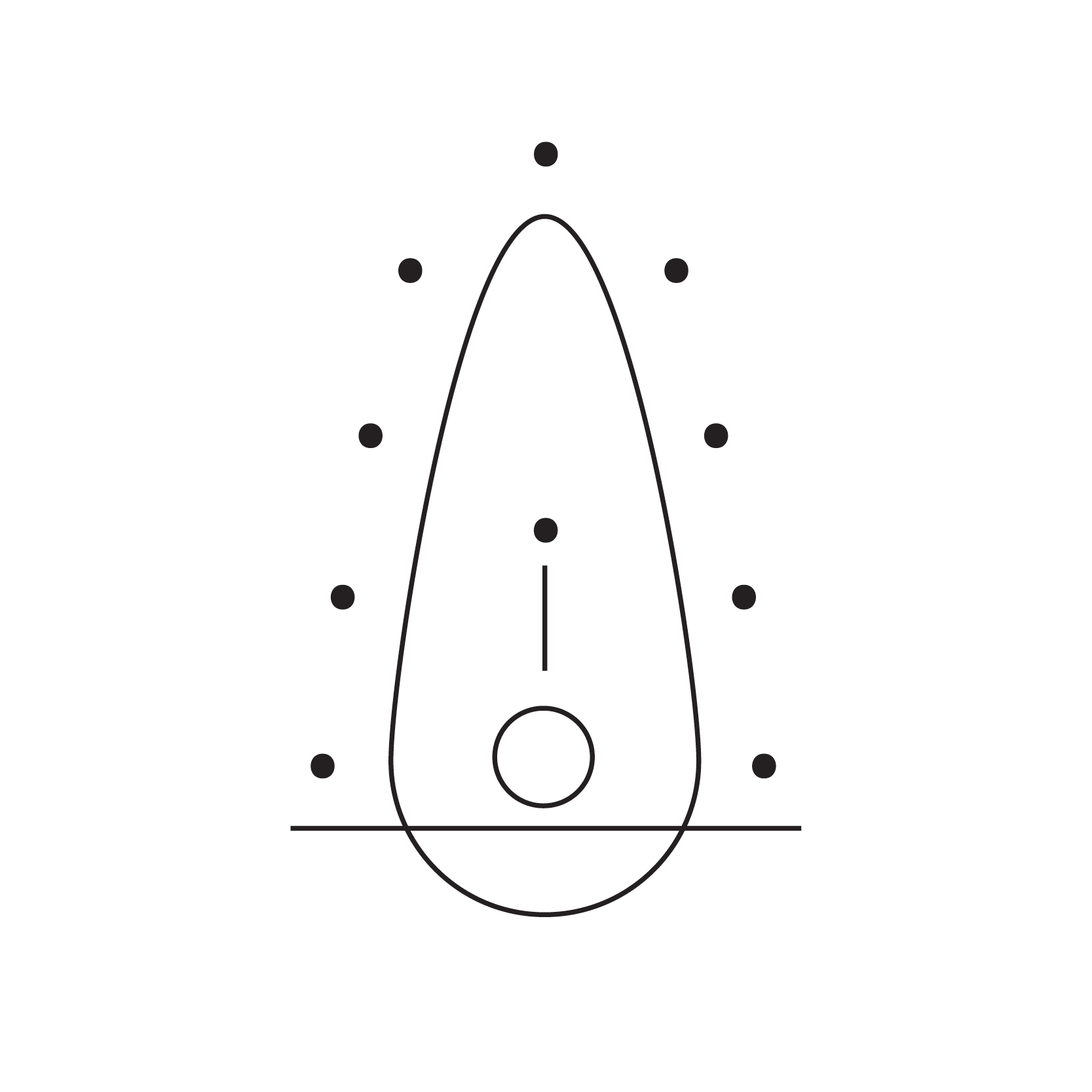YIN YOGA - THE QUIET REVOLUTION
Next month I’m running a Yin ‘teacher training’. I put in the inverted commas because I’ve been running this training for over 4 years now, and most people who attend aren’t yoga teachers, they just really, really love Yin! ‘Yoga Teacher Training’ is really ‘tools for living a skilful life’.
So many of you are absolutely in love with Yin! It’s an absolute honour to share these daily practices with you. If you’re keen to delve deeper than the 75 minute class, this is your call. If you’re new to Yin, come check it out and see why it’s the most popular style on our timetable.
What is Yin?
Yin is relative to Yang. You know the symbol? Yin is the black. Yang is the white. Yin is the moon. Yang is the sun. Yin is night. Yang is day. Yin is stillness. Yang is movement. You get the idea. The concept of Yin comes from the philosophy of Daoism and gifts us with over 2500 years of rich history and teachings. When you practice Yin Yoga you’re simultaneously working on the energy body (increasing the flow of chi through meridian channels), the physical body (primarily separating fascial tissues to promote movement), the heart-mind (learning how to work with a busy mind whilst maintaining a sense of peace, kindness and acceptance). Yin is essentially a series of long-held (about 5-10 minutes) passive postures, done on the floor with lots of pillows and blankets for support. It’s the practice of stillness. It’s learning to stay.
It’s not hard to see why Yin is so popular. Our lives are so yang. All the mental stimulation. The notifications. Red hearts on instagram. Instant gratification. Tik Tok and Reels only host videos 30 seconds long or less, monopolising on our ever shrinking attention span. So learning to stay is more important than ever.
What are we learning to stay with?
Discomfort. Dissatisfaction. Disappointment. Heartbreak. Sadness. Grief. Anger. Excitement. Restlessness. Frustration. The whole spectrum of human emotion, that so often rules our life. I know it doesn’t sound very fun on first glance. I often say that Yin is getting comfortable with the uncomfortable which doesn’t sound very appealing, and that’s the point. We’re constantly sold the appeal. Buy this and your life will look like this! They’re not selling products. They’re selling feelings. They’re selling ways to escape the itch.
The itch is any kind of ‘bad’ feeling that we want to ’scratch’ for temporary symptom relief. Which would be great if it worked. But of course, if you scratch too much, pretty soon you start to bleed.
I speak from experience. Before I started practicing yoga & mindfulness, I had no idea how to manage my emotions. Whenever I felt sad, which was pretty often as I was always placing my happiness on external situations, I would ‘scratch’. This scratching looked like excessive comfort and pleasure seeking usually in the form of food (I struggled with binge eating for years) but often through partying, sex & intimacy, drugs & alcohol and shopping. Unfortunately it’s easier than ever to scratch and numb out with everything we could ever want at our fingertips. We know these things don’t work. But those habitual grooves can run so deep, and whatever we repeat we get good at.
Fortunately there’s a way out. There’s a clear path laid out by the teachings of Mindfulness. Yin is the container for these teachings.
Yin comes along and asks us to stay with the discomfort of muscular, fascial release sensations that can feel like pulling, stretching, pulsing, gentle compression. We’re not used to staying with discomfort. We’re used to scratching. So at first it’s natural to not enjoy Yin at all, in fact many of the most dedicated students admit to hating the practice the first few times. But, like anything, that ‘learning to stay’ muscle grows stronger. Yin taught me how to feel all the feels, the pulling in my hips, the sadness in my heart and not escape (or try to). When I stopped running, something incredible happened. The ’itch’ or bad feeling softened. The urge to scratch dissipated. Little by little I felt myself healing. I call Yin classes ’simulations’ for the outside world where the real yoga practice happens. Every time we can treat ourselves with loving kindness when we’re challenged in a hip opening pose, we’re practicing the same skills for when life invariably disappoints us. Instead of the usual program, we start to recognise the patterns of the mind, accept things as they are, stop fighting the present moment and find peace. That is freedom.
